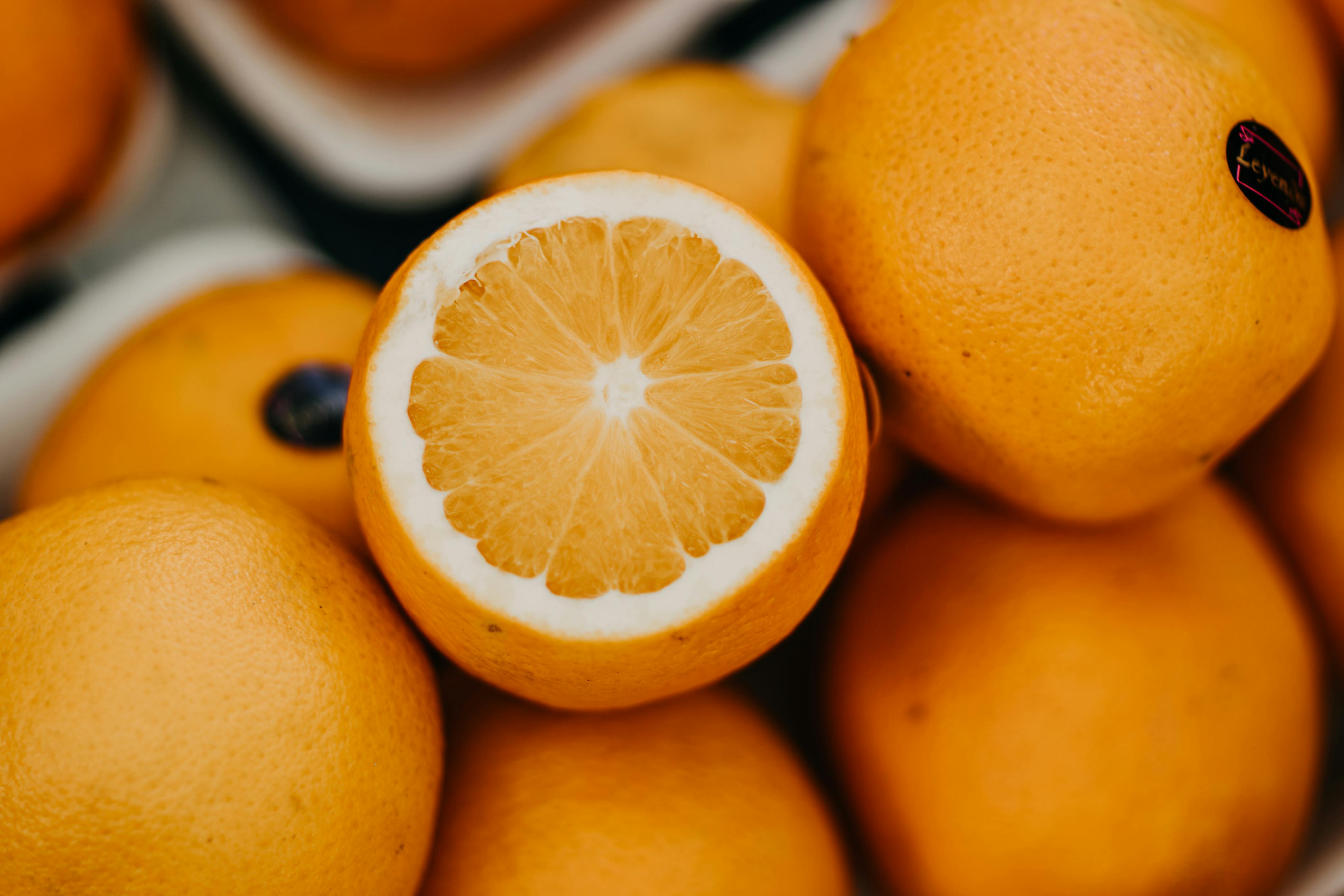
Essential Guide to Largemouth Bass Diet: Improve Your Fishing Success in 2025
Largemouth bass (Micropterus salmoides) are one of the most sought-after fish species in North American freshwater fisheries. Understanding their diet is crucial not only for effective fishing but also for ensuring healthy populations within aquatic ecosystems. The diet of largemouth bass varies significantly depending on several factors, including their growth stage, environmental conditions, and seasonal changes. This article will provide an overview of the essential components of a healthy largemouth bass diet, helping both novice and experienced anglers improve their fishing success in 2025.
This guide will cover the various food sources that largemouth bass prefer, the dynamics of their feeding habits, and the impacts of environmental factors on their diet. By learning about the specific dietary needs of juvenile and adult bass, you can enhance your fishing strategies and practice responsible angling. Let’s dive deeper into the fascinating world of largemouth bass feeding patterns and preferences.
Here are key takeaways from this guide:
- Understand the major food sources for largemouth bass.
- Learn about seasonal diet variations and optimal feeding times.
- Discover how environmental factors influence feeding habits and prey availability.
Understanding the Basics of Largemouth Bass Diet
Natural Diet Components
To effectively target largemouth bass, it is essential to understand their natural diet components. These fish are opportunistic predators, primarily feeding on a variety of organisms found in their aquatic habitats:
- Aquatic Insects: Larvae of insects such as mayflies and dragonflies are a significant food source for younger bass and can often be found near vegetation.
- Forage Fish Species: Minnows and other small baitfish are rich in protein, making them a primary food source for adult bass.
- Crustaceans: Crayfish are fundamental to the diet of largemouth bass, especially in areas with rocky substrates.
- Amphibians and Plant Matter: Juvenile bass often consume tadpoles and small frogs, while adult bass will ingest aquatic vegetation for additional nutrients.
Feeding Habitats and Patterns
The preferred feeding areas for largemouth bass include weedy shallows and structures like fallen trees and rocks where they can ambush prey. They exhibit a range of feeding behaviors, often relying on their keen eyesight and sensory capabilities to locate food. Alongside their visual acuity, bass utilize their lateral line to detect vibrations and movements in the water, enhancing their foraging efficiency.
Juvenile and Adult Bass Diet
Juvenile Bass Diet
Juvenile largemouth bass primarily consume small zooplankton, insects, and smaller fish species to support their rapid growth. The transition from a primarily invertebrate diet to larger prey occurs as they mature:
- The focus shifts to a balanced diet comprising of protein-rich sources like minnows, which promote optimal growth rates.
- Juvenile bass often gather in schools, which aids in their foraging efficiency and safety from larger predators.
Adult Bass Diet
As largemouth bass mature, their diet expands to include larger prey items that contribute to their growth and reproductive success:
- Adult bass are known to target larger baitfish, crustaceans, and even other smaller bass, enhancing their nutrient intake.
- Preferring protein-dense foods during the spawning season results in improved reproductive success and population dynamics.
Seasonal Diet Variations
Spring Feeding Habits
During the spring, as water temperatures begin to rise, largemouth bass become increasingly active. Their diet shifts to include more abundant prey like spawning baitfish, as well as smaller fish emerging from winter dormancy. This is a prime time for anglers to utilize live bait or artificial lures that mimic these species.
Summer Feeding Patterns
In warmer months, when bass are less active during midday heat, nighttime and early morning become optimal times for feeding. They often seek out cooler waters with heavy cover, allowing them to ambush prey with greater success. This makes understanding bass habitat preferences crucial for improving catch rates during summer months.
Influence of Environmental Factors on Bass Diet
Water Temperature Effects
Water temperature significantly affects the metabolism of largemouth bass and their feeding patterns. In warmer temperatures, their metabolism increases, leading to more aggressive feeding behaviors, whereas in colder conditions, their activity may slow.
Forage Availability and Competition
The availability of forage species directly correlates with bass dietary choices. In times of abundant forage, such as after a period of favorable environmental conditions, bass may have a diversified diet. In contrast, during low availability, competition between bass, including larger adults preying on juveniles, may alter feeding strategies.
Practical Fishing Techniques for Targeting Largemouth Bass
Bait Selection and Fishing Gear
Understanding bass dietary needs directly informs bait selection. Live bait such as worms and minnows often yields the best results when fishing for largemouth bass. Artificial lures such as crankbaits and topwater lures that mimic the movement of forage fish can also be highly effective:
- Choosing the Right Bait: Select bait types that resemble the current prey composition in local waters.
- Fishing Gear: Use appropriate tackle and lines that can handle the weight and strength of adult bass, particularly when targeting larger individuals.
Catch and Release Practices
Utilizing sustainable fishing practices is essential for maintaining healthy bass populations. Catch and release tactics should be applied, ensuring that larger breeding individuals are returned to the water, ultimately benefiting local ecosystems.
Conclusion: Improving Your Bass Fishing Success
In conclusion, understanding the complex diet of largemouth bass is pivotal for any angler seeking to improve their chances of success in fishing. By embracing knowledge regarding their feeding habits, seasonal diet variations, and environmental influences, anglers can create effective strategies tailored to local conditions. Whether you are fishing for sport or conservation, respecting the dietary needs of largemouth bass contributes to the ongoing balance of freshwater ecosystems.

